What is the tolerance range of precision screws?
What is the tolerance range of precision screws?
Service Hotline
+86760-8787 8587We have more than ten years of experience in screw industry production, the main products are: black cap nuts, DIN444 screws, hexagonal slotted thick nuts, galvanized self-locking nuts, national standard washers, high-strength material 10.9 special accessories, PP polypropylene screws, Anti-thread nut, aluminum alloy toothless hand-adjusting nut, anti-loosening and non-prolapse bolt, outer hexagon set, multi-type carbon steel, pan-tilt tripod nut, T-slider shrapnel steel ball elastic nut, small head carriage bolt, etc. Due to the different materials and specifications of the products, the prices are also different, if necessary, please contact us.


The main purpose of the embedded nut is to replace the direct opening of screw holes on the injection molded parts, so as to improve the strength of the screw holes of the injection molded parts. Referring to FIG. 1 , in order to lock the workpiece 3 ′ on the injection molded part 2 ′, the screw 5 ′ passes through the through hole on the workpiece 3 ′ and is screwed into the screw hole of the embedded nut 1 ′ to fix the workpiece 3 ′. The embedding between the embedded nut 1' and the injection-molded part 2' generally includes two ways. One is to heat the embedded nut 1' and then insert it into the injection-molded part 2' by hot pressing; the other is to insert the embedded nut into the injection-molded part 2'. 1' and the injection part 2' are integrally injection-molded. In order to ensure the bonding strength between the inner nut 1' and the injection molded part 2', knurling is provided on the outer peripheral surface of the inner nut 1'.
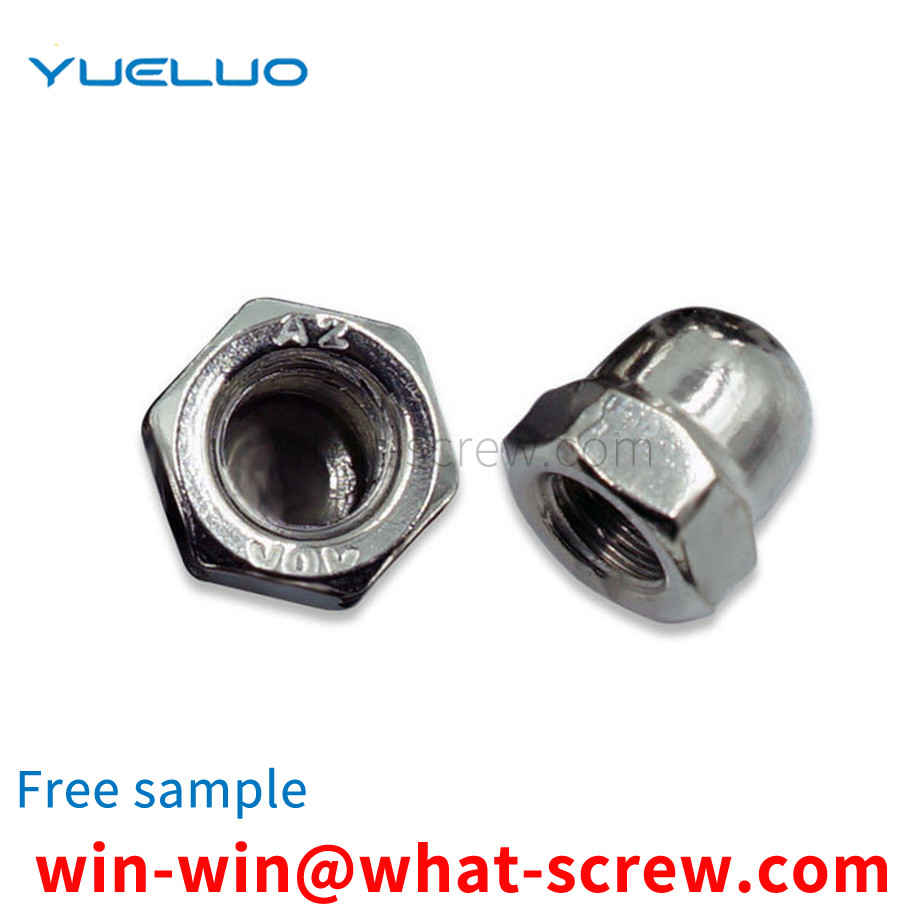
screw is a tool that uses the physical and mathematical principles of the circular rotation and friction of an object to fasten the parts of the object step by step. Since the parts to be fixed are different, different types of screws are required for different applications. Press screw is a new type of fastener applied to thin plate or sheet metal. The principle is to press the embossed teeth into the preset holes of the sheet metal. The diameter of the general preset holes is slightly smaller than the outer diameter of the pressure riveting screw. The periphery of the hole is plastically deformed, and the deformed object is squeezed into the guide groove, thereby producing a locking effect. However, the existing pressing screws are easy to loosen due to long use time or frequent vibrations, which is prone to certain hidden dangers.
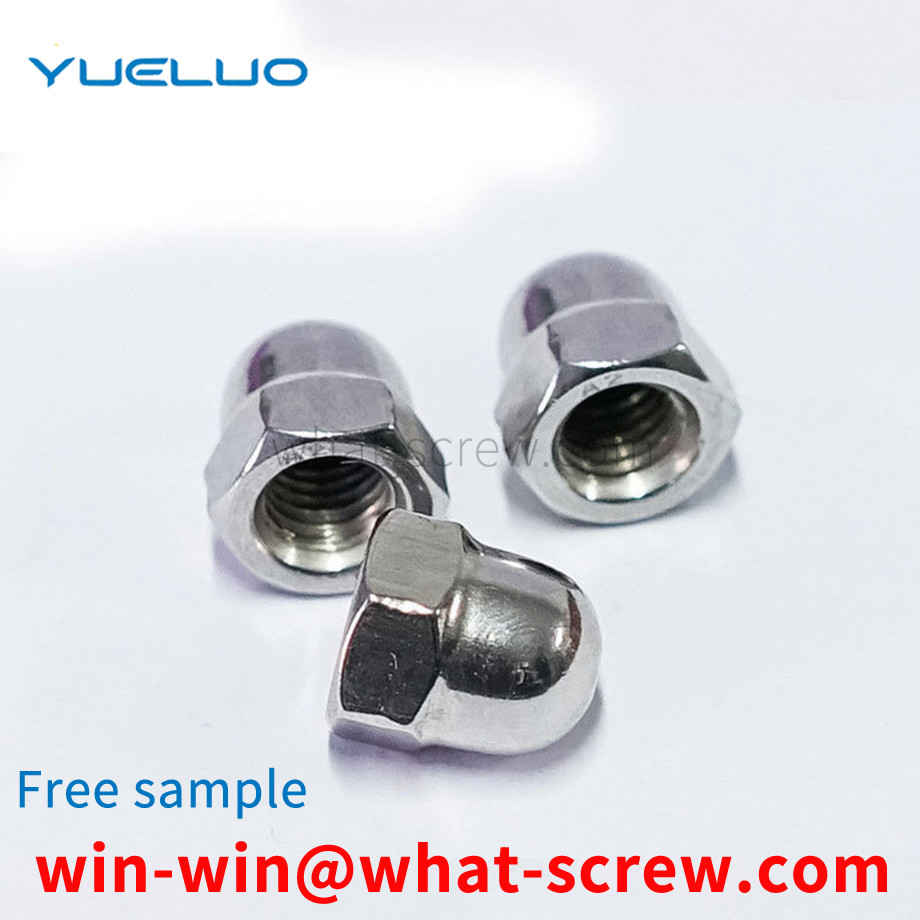
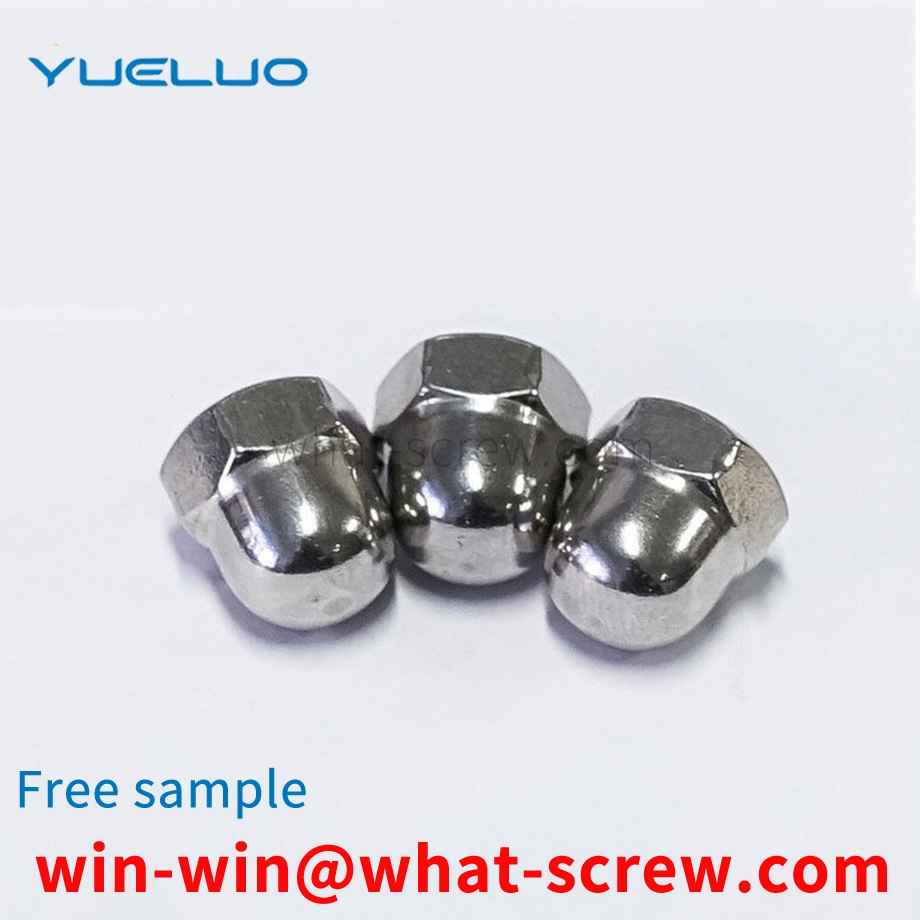
The anti-theft screw of this structure has two disadvantages. One is that the polygonal block moves up and down in the polygonal hole, and the polygonal hole in the connecting piece and the polygonal hole on the threaded part have no limit structure. Because of the polygonal structure, the two If the polygonal holes of the parts cannot be aligned, dislocation occurs, and any edge may block the up and down movement of the polygonal block, which is very unsmooth during use. The second is that the shell of the lock cylinder and the hexagonal part are connected by pins, and the pins are exposed on the hexagonal parts, which are easily damaged and leave opportunities for theft; once the pin is pried off, the lock cylinder will be taken out, and the entire anti-theft screw will be lost. and the pin fixation is sometimes unstable, which is detrimental to theft.
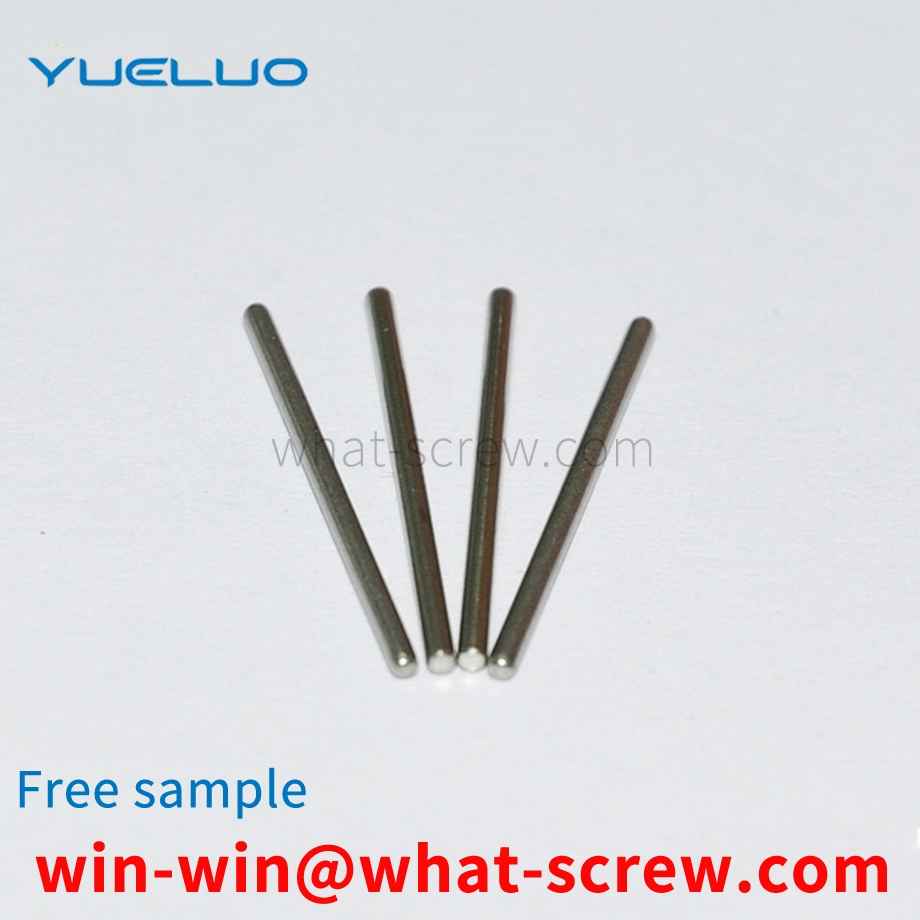
The cylindrical pin is mainly used for positioning and can also be used for connection. It is fixed in the pin hole by means of interference fit. Cylindrical pins used for positioning are usually not subject to load or a small load, the number is not less than two, distributed in the symmetrical direction of the overall structure of the connected parts, the farther the better, the pin is in each connected part The length is about 1-2 times the minor diameter. Cylindrical pins can also be used as shafts, and a straight shaft can also be used as cylindrical pins or even centering pins. So what's the difference between a shaft and a pin? The shaft can be used to transmit torque, bear bending moment and torque, and the cylindrical pin can be used for positioning, bear extrusion force and shear force. In a sense (such as small equipment), cylindrical pins can also be used as shafts.
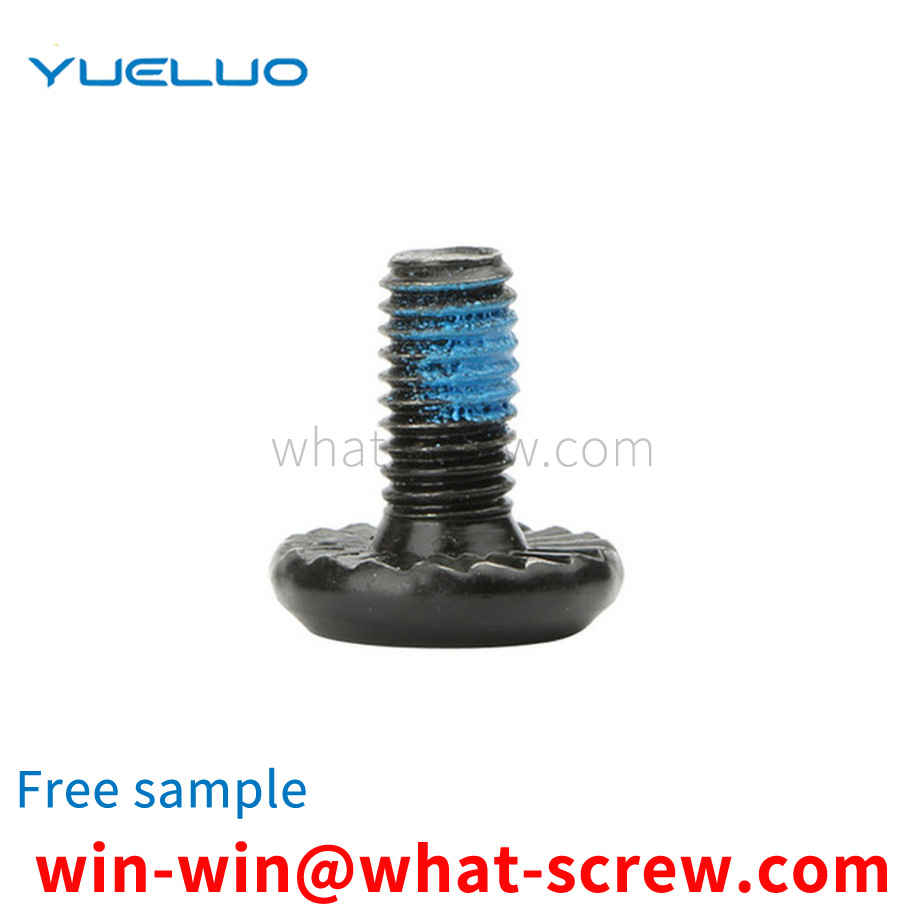
The above content is uploaded by Yueluo or the Internet. If there is any copyright issue, please contact [email protected].

What is the tolerance range of precision screws?

How to choose the right stainless steel screw manufacturer?

Why is there an R angle under the head of the hexagon head s...

We have more than ten years of experience in screw industry ...
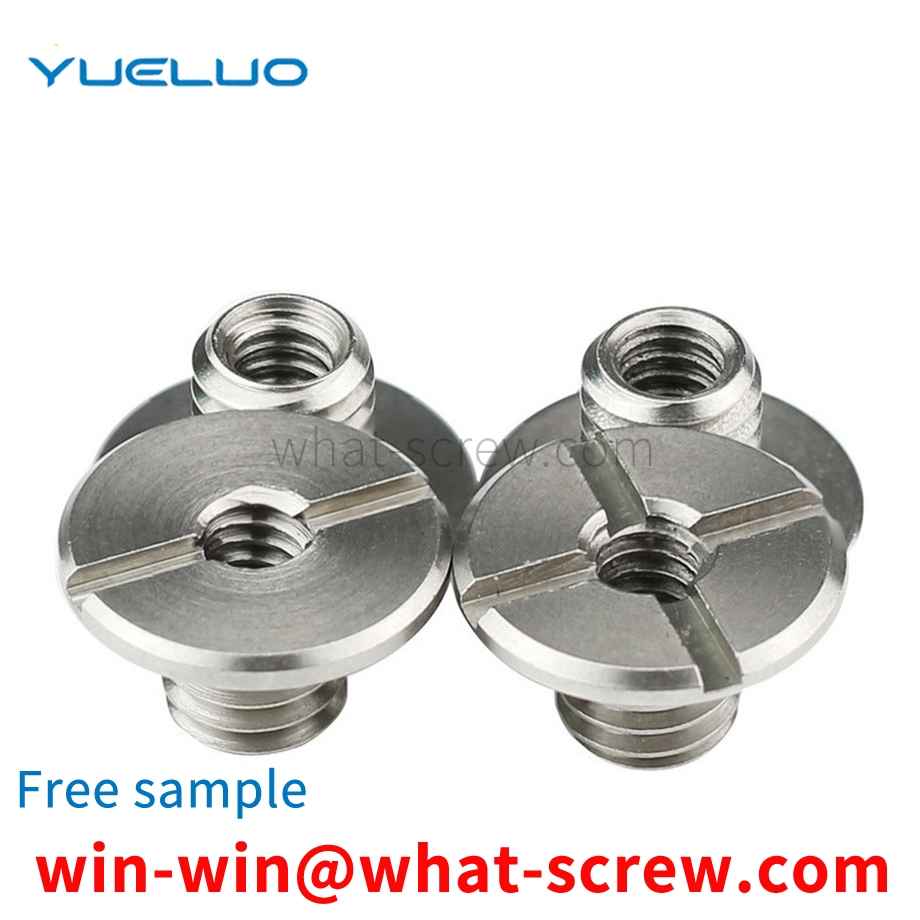
We have more than ten years of experience in screw industry ...
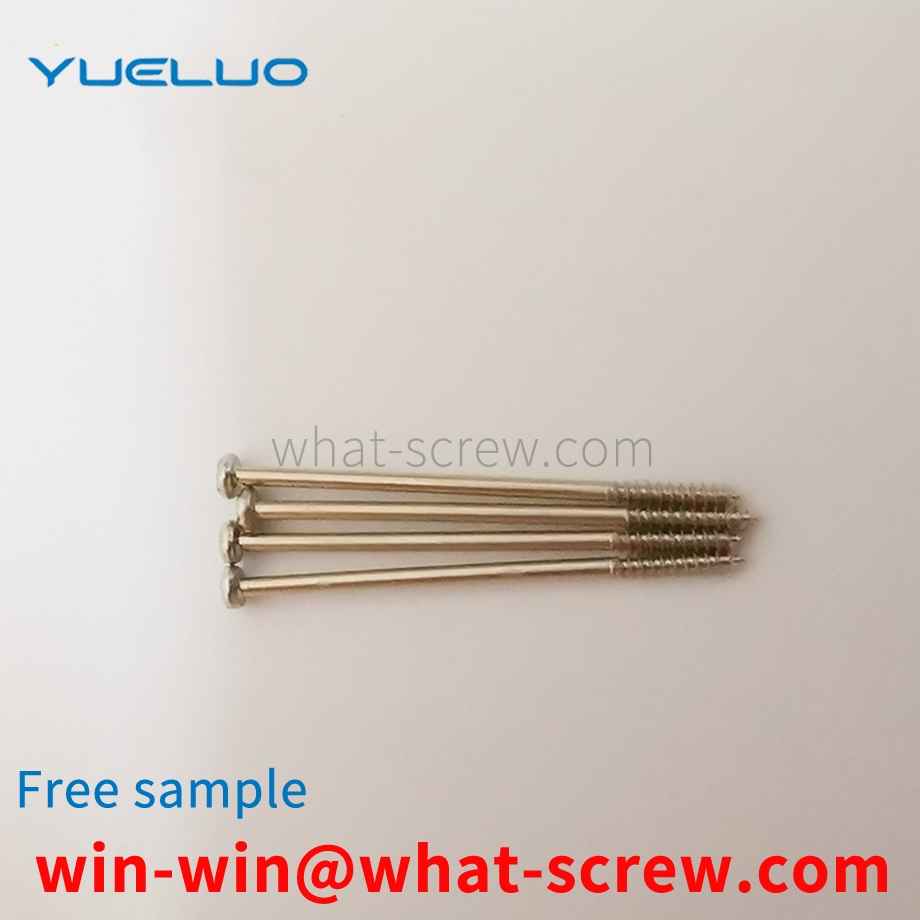
We have more than ten years of experience in screw industry ...
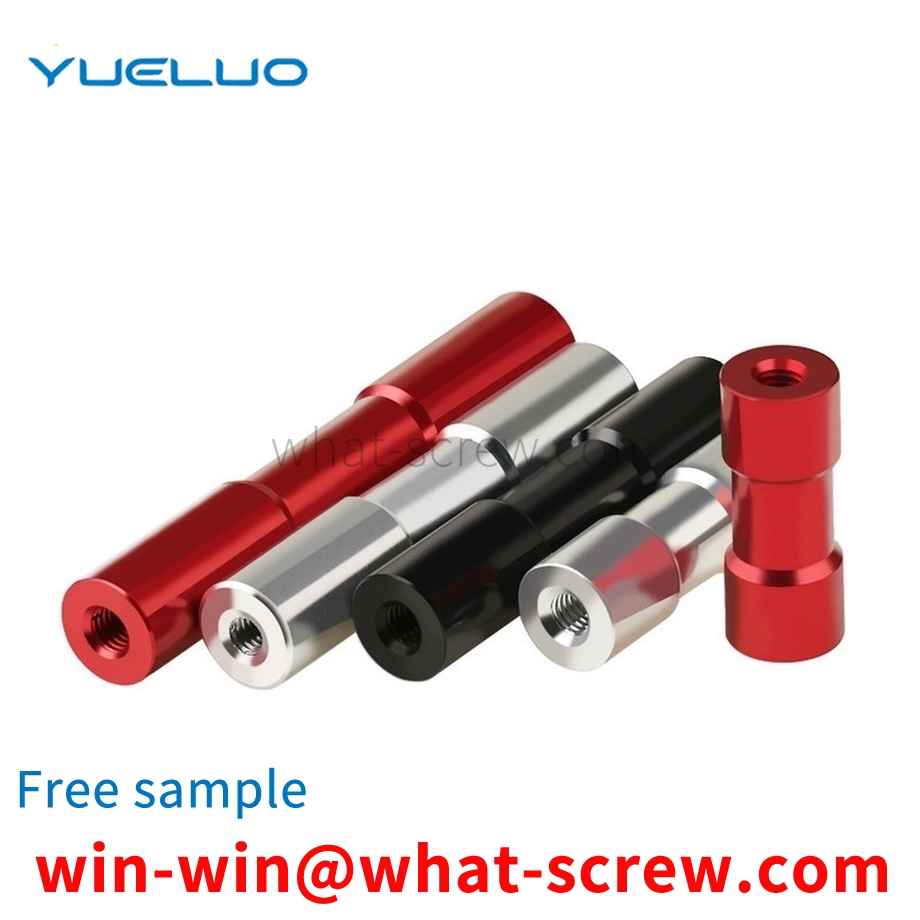
We have more than ten years of production experience in the ...